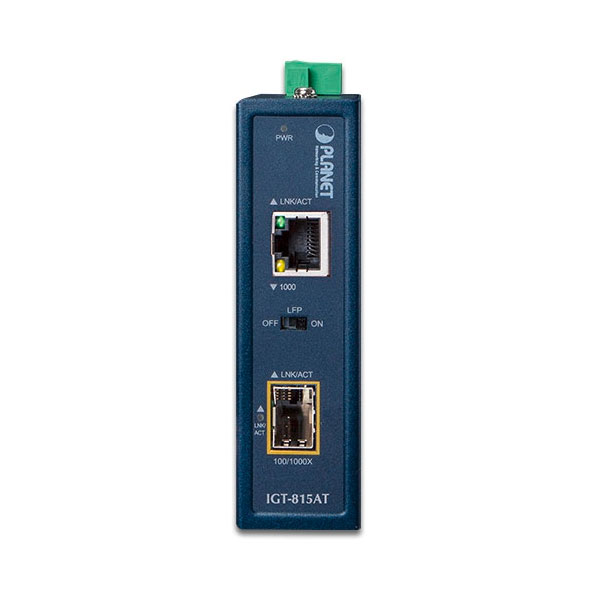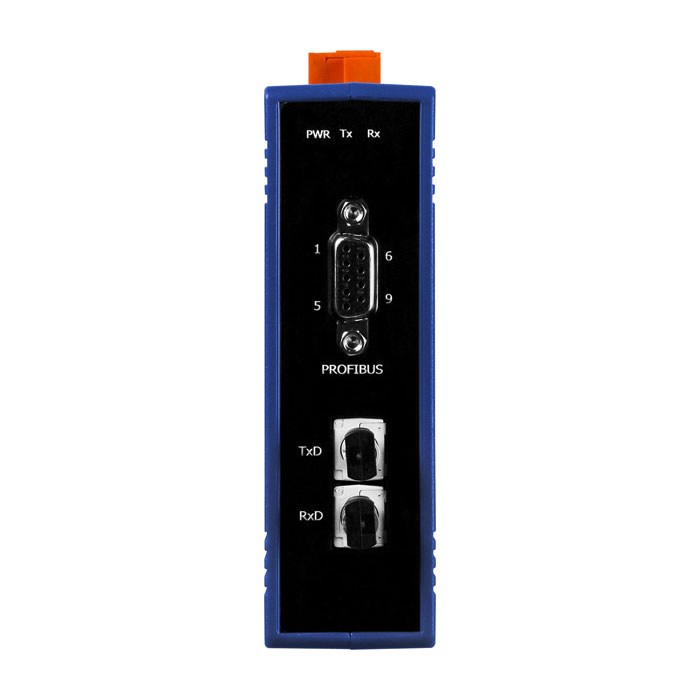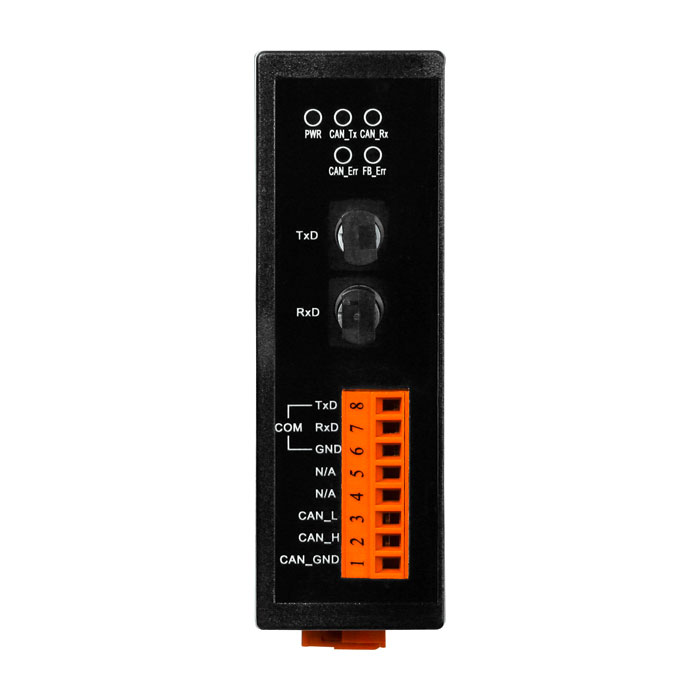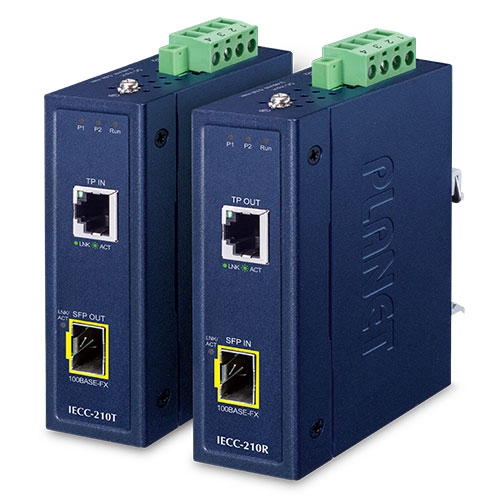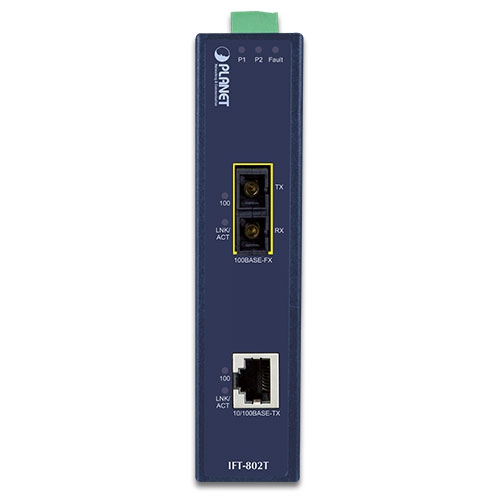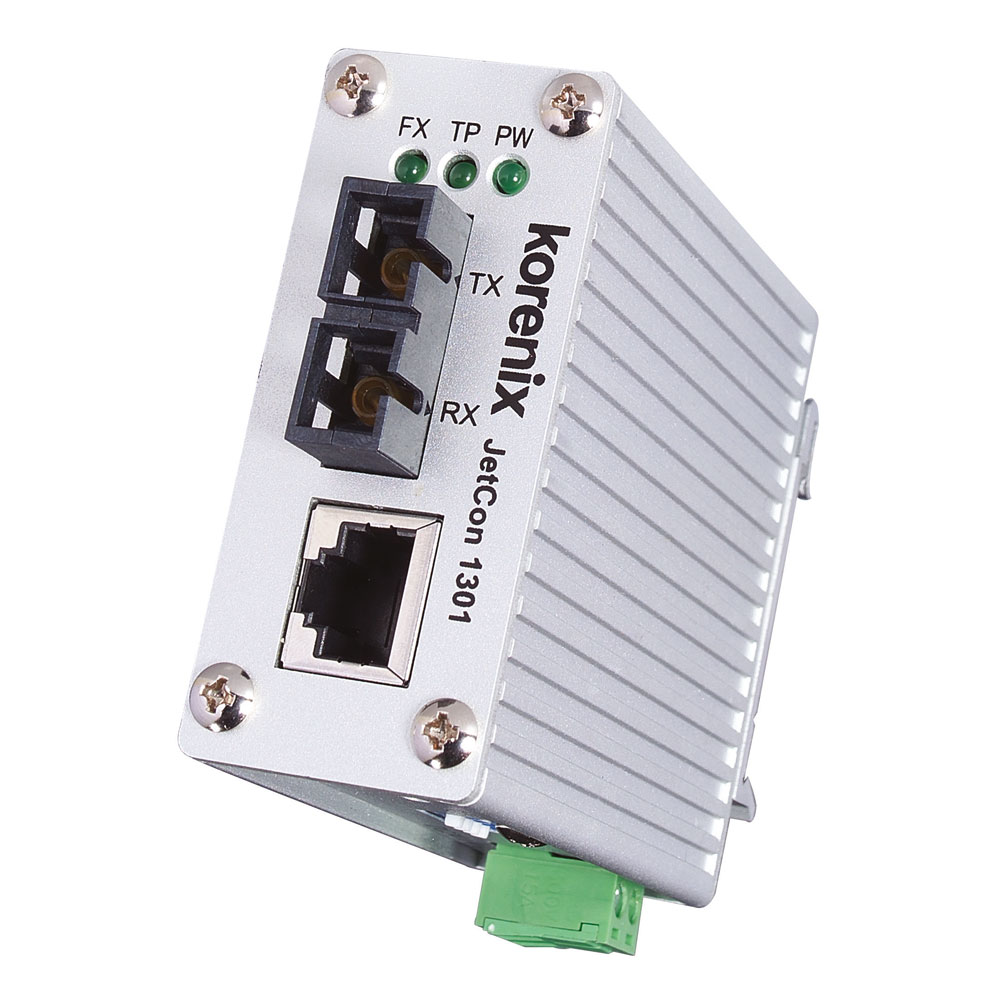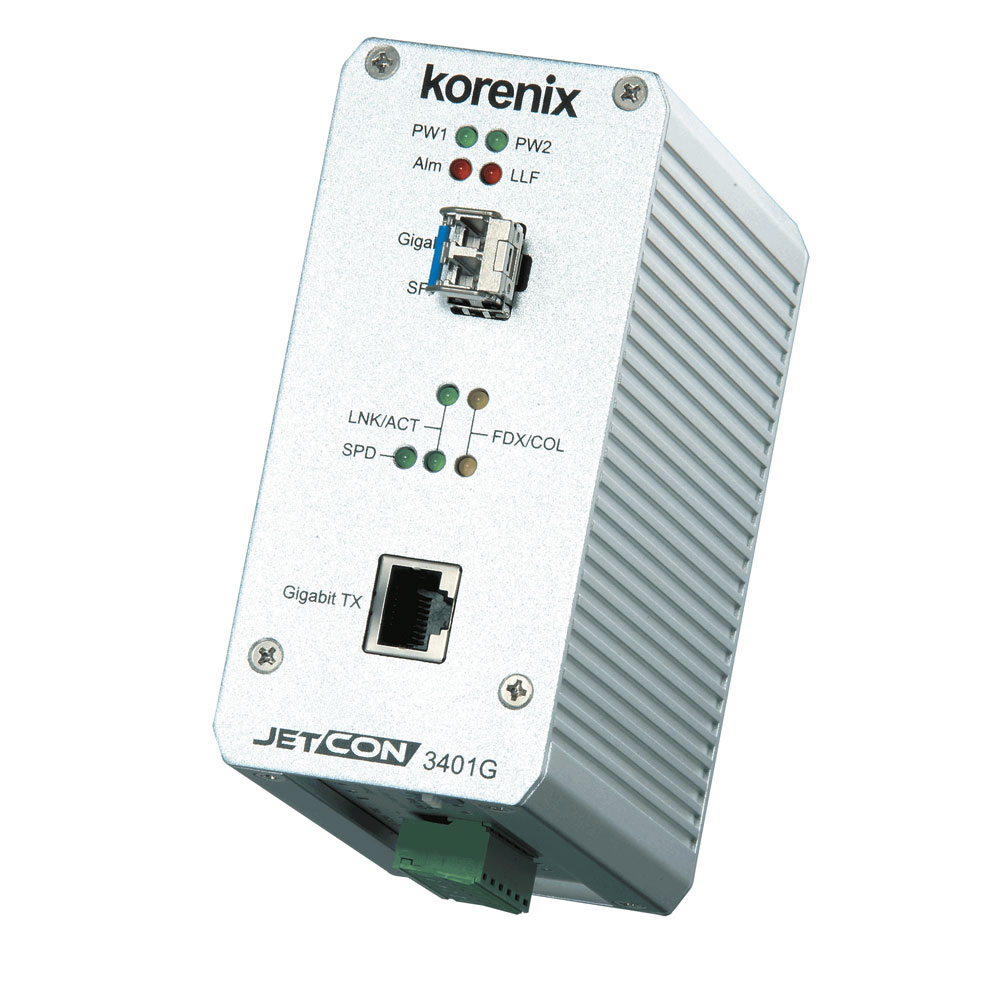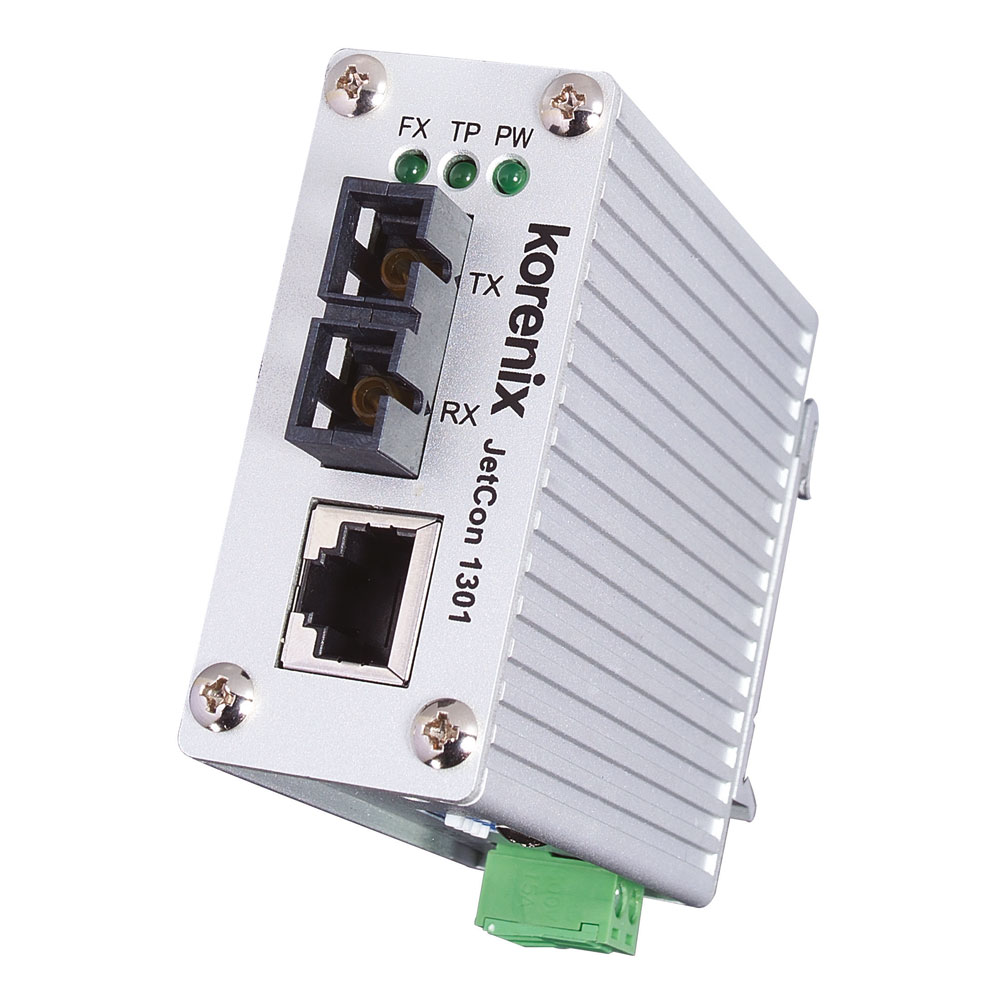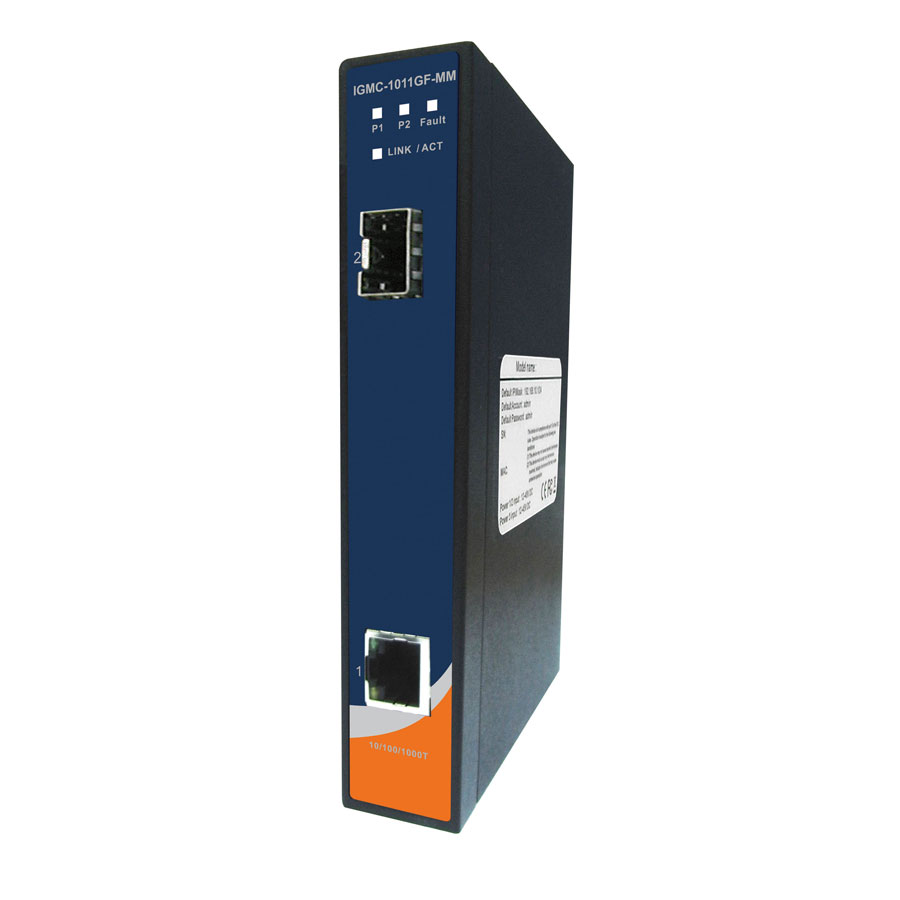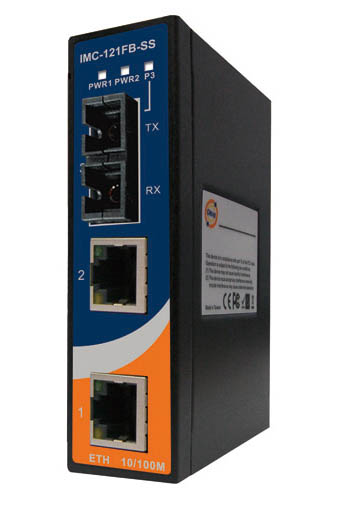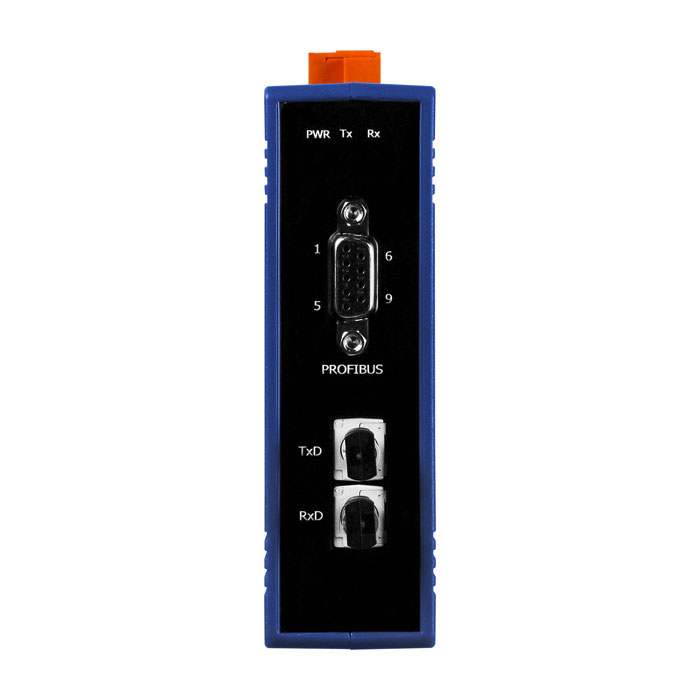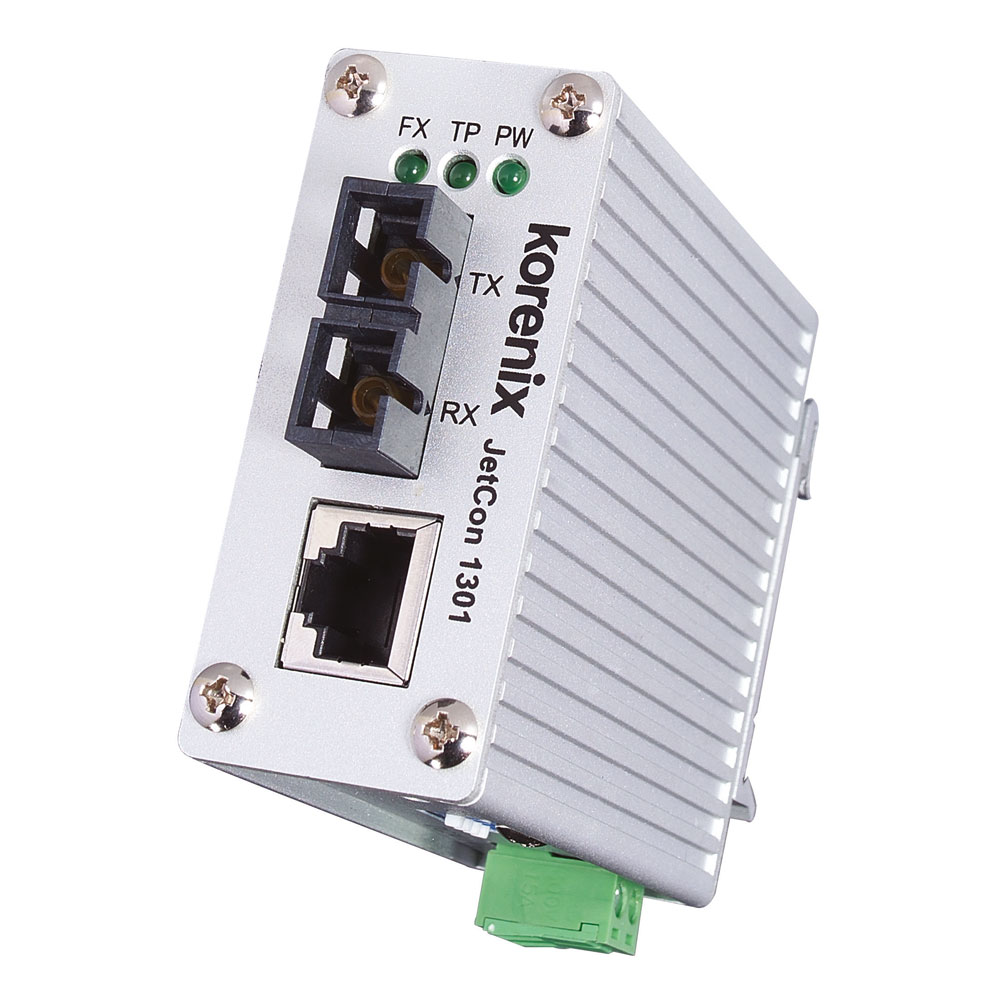Industrial Media Converter
In the world of network communications, media converters play a crucial role. They convert data signals from electrical copper cable to optical fiber. These are usually bundled into a fiber optic cable and make connections up to 100km away possible, greatly increasing the range or extent of a network. Our fiber optic media converters are user-friendly and easy to install. Thanks to the plug-and-play functionality, they require no complex installation or configuration.
Media converters are equipped with various fiber modes, including single mode, multimode, and single- & multimode. In addition, the devices must offer high transmission rates to meet the requirements of modern network applications. Therefore, our gigabit media converters support speeds from 10 Mbps, 100 Mbps up to 1 Gbit. A wide range of protocols is essential in industrial network automation. Therefore, our media converters support a wide range of network protocols, including:


Industrial media converters at a glance:
Seamless data communication and network integration
Industrial media converters, often referred to as fiber optic converters, are indispensable components in modern industrial networks. They play a key role in connecting different network types and protocols to ensure smooth data communication. Especially in the context of Industry 4.0, where reliable and fast data transmission is crucial, media converters (fiber converters) offer a powerful solution for bridging distances and integrating different communication protocols.
The Functions of Copper to Fiber Media Converters
Media converters perform several important functions to ensure seamless data communication in industrial networks. They are used to connect different types of transmission media, such as copper and fiber optic cables, and convert data into the correct format for efficient transmission between different network segments. Fiber optic media converters are capable of supporting different data rates and protocols, which makes it possible to easily integrate devices with different communication requirements into a common network.
Advantages of using media converters
The use of a media converter, including fiber optic converter, offers a variety of benefits in industrial environments. One of the main benefits is extending the reach of networks by using fiber optic cables. Fiber optic media converters make it possible to bridge large distances without sacrificing data transmission rates or signal quality. This is especially important in sprawling industrial facilities or harsh environments.
Integration of different network types
Industrial networks often consist of different types of devices and communication protocols. Media converters play a critical role in integrating different protocols by enabling seamless communication between copper and fiber network segments. This allows companies to make the most of their existing network infrastructure while integrating modern technologies into their operations.
Application examples
Media converters, including fiber optic converters, are used in a variety of applications. In industrial automation, they can be used to transmit sensor data from remote locations to the control center. In surveillance systems, they enable IP cameras to be networked over greater distances to capture security-related information in real time. Media converters also provide reliable solutions for data transmission and network integration in energy supply, transportation and telecommunications.
Singlemode and multimode in media converters:
Seamless integration of different fiber optic modes
In modern industrial networks, fiber optic cables (FOCs) play a crucial role in the transmission of data over long distances. Optical fibers offer numerous advantages, including higher bandwidths, low signal loss and electromagnetic interference immunity. An important aspect of using fiber optics is choosing the right mode, whether singlemode or multimode. Industrial media converters are indispensable tools here to ensure seamless integration and support of both modes.
Differences between singlemode and multimode fiber optics
Singlemode and multimode fiber optic differ mainly in terms of how light waves propagate within the cable. Singlemode fiber optic have a narrower core diameter and allow light to propagate in a straight line, resulting in lower signal loss and higher transmission speeds. Multimode fiber optic, on the other hand, have a wider core diameter and support different light modes, which can lead to higher dispersion.
How industrial media converters support both modes
Industrial media converters are designed to bridge the differences between singlemode and multimode fiber and enable seamless communication in mixed network environments. They are equipped with interfaces that can support both single-mode and multimode fiber, and have internal switching mechanisms that allow them to automatically adapt to each mode. This ensures that data can be transferred smoothly between the two modes without the need for additional configurations.
Application scenarios for singlemode and multimode fiber optics
Depending on the specific requirements of an industrial network, both singlemode and multimode fiber optics can be important. Singlemode is particularly suitable for long distance transmissions and high bandwidth applications, such as transmitting data between remote sites. Multimode, on the other hand, is ideal for shorter distances and applications where high bandwidth is required, such as in data centers or manufacturing environments.
Support for singlemode and multimode fiber is a crucial factor for the seamless integration of fiber in industrial networks. Industrial media converters play a central role in this by bridging the differences between the two modes and enabling efficient data transmission in mixed environments. The choice between singlemode and multimode depends on the specific requirements and deployment scenarios, with media converters offering the flexibility to combine both modes to increase the performance and reliability of the entire network.


